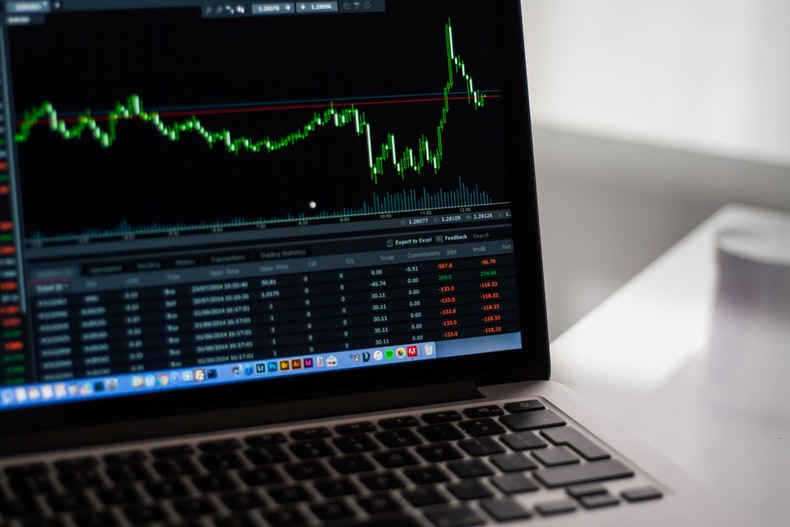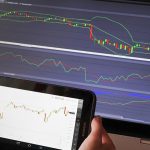Automated trading has nowadays become a phenomenon. Just like its name suggests, the trades are placed and closed by a software program. The software basically executes your trades when the conditions you have specified have been realized. All you need is to find a strategy that really works then transform it into a robot. The advantage of automated trading is that it helps in offloading the burden of manual trading.
With this kind of trading, you can afford to go on holiday for several weeks without worrying about your trading account. However, most people are tempted to try automated trading without knowing what they are getting themselves into. They are actually pushed by the allure of huge profits. Before you try your luck in automated trading, you should be guided by the checklist below.

1. Some Brokers Don’t Allow Traders to Use Bots
Before you invest in a trading robot, you should take your time in finding a broker that supports automated trading. This is because there are some brokers that discourage the use of robots. Such brokers will only allow you to trade manually. The good thing is that new brokers are registered almost every day. You can’t, therefore, run out of options. If you are lucky in your hunt, you might even find a broker that offers a free VPS (Virtual Private Server). Automated trading can’t work unless you have installed a VPS. A VPS actually makes it possible for your robot to be hosted on the internet.
2. Backtesting is a Must
It’s only a fool that would dare to use a trading robot on a live account. Even if you want to use a reliable automated trading software such as Qprofit System, it’s advisable you test it with a demo account. Moreover, you should be aware that you are testing the software using past data. The results you get from a demo account are bound to vary from those of a real account. As a matter of fact, there are bots that look great on paper but they blow live accounts when activated. When you backtest, you are able to identify any errors that may cause the software to deviate from the strategy.
3. Automated Trading Promotes Discipline
Even though most traders have a predefined trading plan that dictates how trades will be placed and exited, majority of them find it difficult to stick to their trading principles. When greed takes over, a manual trader is likely to overtrade and overleveraged. In most cases, manual traders tend to place orders without following their trading plan. This is often suicidal because the account balance keeps dwindling until there is no money left for trading. With automated trading, there is no room for greed. This is because the software will only open or close trades when the specified market conditions are right.
4. It Enhances Consistency
Every strategy can work miracles as long as you stick to it. However, most manual traders tend to shift from one strategy to another. They can only continue using a given strategy when majority of their trades are winners. But when they encounter a losing streak, they quickly look for another trading strategy to adopt. They don’t understand that drawdowns are part of the game. At the end of the day, they post poor performance due to lack of consistency. Since a robot is based on a permanent strategy, consistency is guaranteed. This is because the robot will only execute trades based on the conditions that were specified during its construction.
5. Swift Orders Placement
It’s obvious that some traders miss on some big opportunities because they spend so much time analyzing the markets. This is actually called overanalyzing and it can really ruin your trading career. While a manual trader is busy overanalyzing, the market is still moving which results in a belated entry. Overanalyzing is also applied when exiting trades. With a trading robot, trades are placed at the speed of lightning as long as the market conditions are right. Your chances of missing signals are therefore reduced to zero because the software doesn’t hesitate in opening and closing trades.











